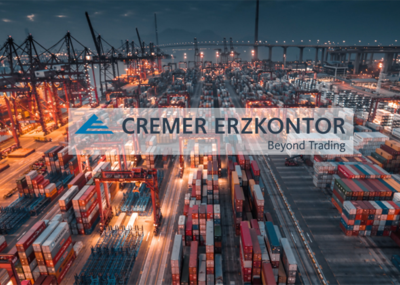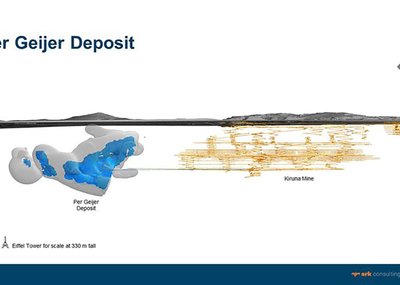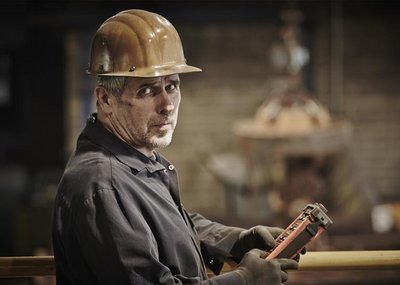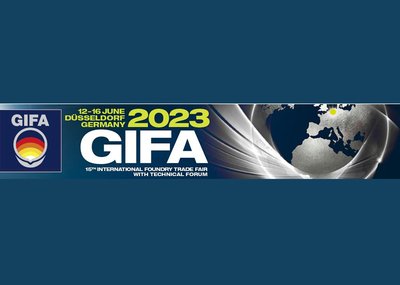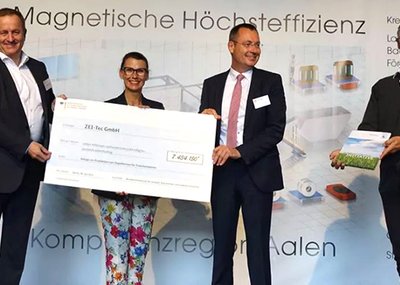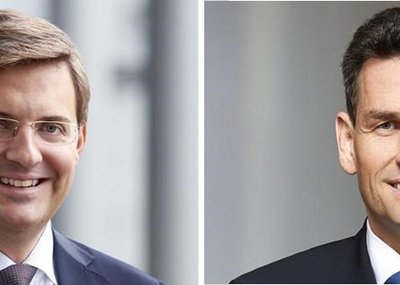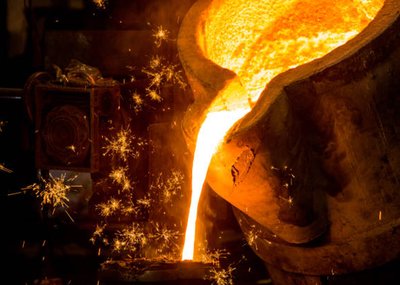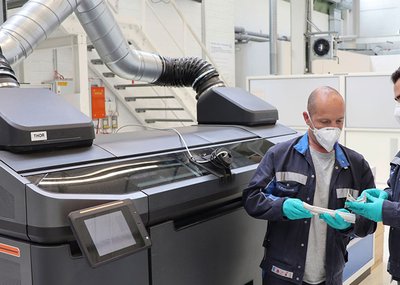Bernd Schäfer, CEO of EIT RawMaterials and spearheading the European Raw Materials Alliance, highlights the need for an overarching strategy and urgent action to secure the future of Europe’s strategic raw materials sector and ensure it can deliver on the green and digital twin transition.
Europe is at an epochal turning point from a raw materials perspective. The COVID-19 pandemic has disrupted global supply chains, causing shortages of a wide range of raw materials strategic to the implementation of the European Green Deal. The Ukraine war has compounded the impact on the sector’s global competitiveness due to soaring energy prices. These more immediate challenges are set against a backdrop of a worrying and increasing long-term over-dependence on imports of raw materials.
Europe has belatedly woken up to the fact that certain raw materials are indeed critical – critical due to their scarcity but more increasingly due to their relevance for European sustainability and industrial leadership ambitions.
Raw materials are the foundation upon which much of European industry and prosperity is founded, and without access to affordable, sustainable raw materials, the European Green Deal cannot be achieved.
To illustrate some of the causes and consequences of our overdependence on imports and the danger it represents, you only need to look at the recent supply crisis in the magnesium industry and its troubling snowball effect on related sectors.
Magnesium is a key alloying material for the aluminium, steel, or diecasting industry. For example, magnesium-containing aluminium is largely used in the automotive and construction industry but also in daily products such as packaging. In the 1990s, China began to dump low-cost magnesium. By 2001, the last European magnesium plant had closed and the European value chain hollowed-out. With over 93% of its demand dependent on Chinese imports today, Europe is in a position of near-complete dependency. When production in China is curtailed, Europe has no influence over escalating price increases, and it is China that decides how disruptive this will be to our manufacturers.
This is exactly what happened. Due to the Chinese government’s effort to curb domestic power consumption, the supply of magnesium originating from China has either been halted or reduced drastically since September 2021, resulting in an international supply crisis of unprecedented magnitude. China massively curtailed its magnesium production, and within days magnesium prices rose to levels five to seven times higher than the already expensive post-Covid market prices. Industries in Europe were not only confronted with skyrocketing prices but suddenly had no more supply at all.
The issue has become increasingly important for Europe, which consumes a fifth of the global magnesium supply since the West imposed sanctions on Russia as a result of the invasion. To mitigate the impacts of the current crisis and avert future supply shortages, the European Union has launched a drive to restart domestic output of magnesium, used in aluminum and steel products, with at least three organisations working on projects. In a European Commission working document made available to Reuters in May 2022, it stated that the EU should aim to source 15% of its magnesium needs domestically by 2030.
This is good news because the potential to produce and recycle more magnesium for the energy transition is significant and untapped. The recycling potential for aluminium is also impressive. European aluminium already has recycling rates of 76% for beverage cans and 90% for automotive & transport as well as building applications. This is in stark contrast to the 1% baseline that is recycled for more rare earth elements.
Also, at the legislative scale, more and more progress is being made by the EU towards addressing strategic autonomy in critical raw and primary materials. The European Commission Action Plan, the establishment of the European Raw Materials Alliance, and the European Parliament’s report on a European strategy for critical raw materials set out a series of measures that can make a significant contribution to delivering sustainable and secure raw materials for Europe.
Diversifying supply, strengthening existing EU-based value chains
It is important to look at the aluminium sector. One of Europe’s most complete value chains in the raw materials sector today, the sector creates 1 million direct and indirect jobs and generates 40 billion euros in annual turnover in Europe. A key component in renewable energy, batteries, electricity transmission and resource- and energy-efficient building or mobility, European aluminium is essential for the development of clean technologies and the circular economy: Thanks to its permanent properties, it is circular by nature and has a carbon footprint of only one-third of the Chinese average. It has become evident that the Green Deal cannot be delivered without a healthy and dynamic European aluminium sector, but this sector is increasingly facing an existential threat.
As with magnesium, aluminium is subject to the same Chinese dominance which was enabled due to the generous state subsidies and tax exemptions. State-subsidised overcapacities, under-pricing, and resource shuffling are means that China has used to erode Europe’s industry for more than two decades. By no means is there reciprocity for any one of these conditions, nor for their current environmental, social and governance standards. Therefore, this situation must be addressed with great urgency, in order for a fairer level playing field to be authorised.
Since 2008, Europe has lost more than 30% of its primary aluminium production, a trend that has worsened in recent months, leading to a further 900,000 tonnes of aluminium production being halted or idled between autumn 2021 and now. The increasing import-dependency on Chinese aluminium also threatens Europe’s decarbonisation efforts.
Europe’s work on securing raw materials – from rare earths to base metals – and working towards strategic autonomy must be at the very centre of our sustainability and industrial strategy. Materials such as aluminium or magnesium are too strategically important to be left to third countries with weaker sustainability and questionable trading practices.
We, as EIT RawMaterials, as well as European industry and as policymakers, must continue developing a holistic, long-term, and overarching strategy that recognises the strategic importance of materials like aluminium by mobilising financing for investments to accelerate European industry now. We must ensure robust and consistent trade and industrial policies that defend and incentivise EU production and allow for long-term investments to be accelerated. And we must further facilitate access to affordable green energy that is necessary for a largely energy-intensive raw materials sector.
Both industry and policy makers must work together to create a level-playing field between domestic and international operators if we are to reverse the damaging trend of carbon and investment leakage and ensure that import dependency does not undermine the Green Deal.
Today in Europe, we can mine underground, have state-of-the-art operations, and electrify whole supply chains. Europe is widely admired globally for its leading role in the circular economy – these factors have accelerated the great potential for the primary and secondary raw materials industry.
A promising future for Europe is therefore well underway and well within our grasp. But we must address these critical challenges now.
Source: www.euractiv.com


